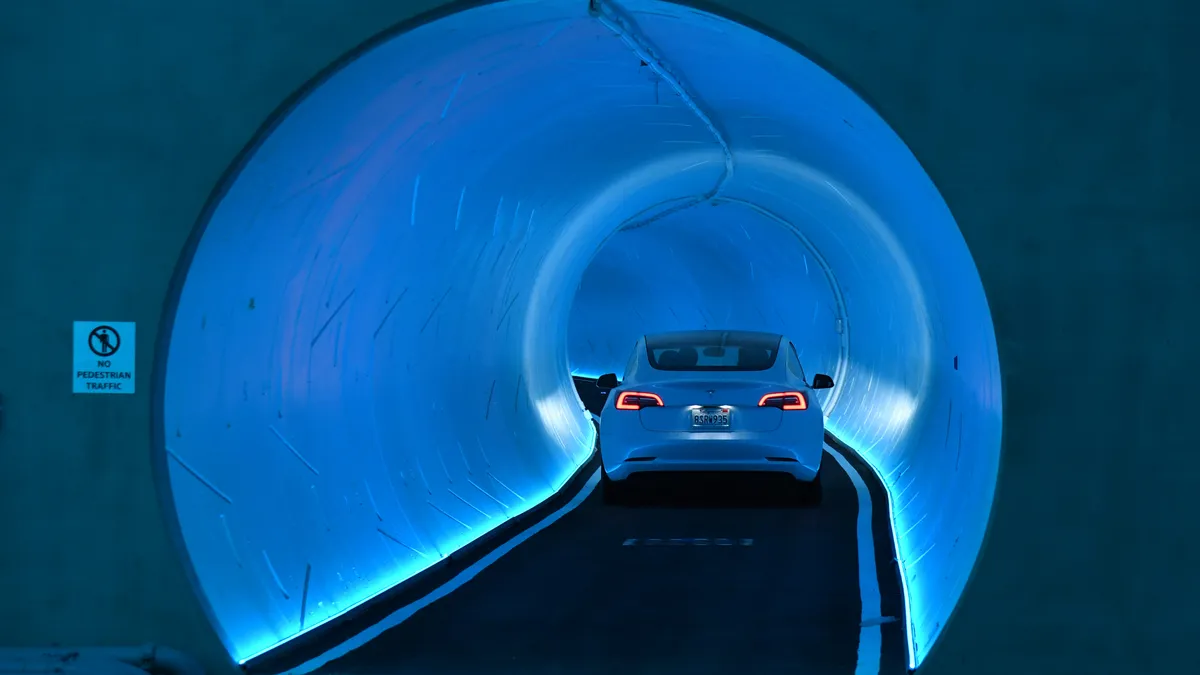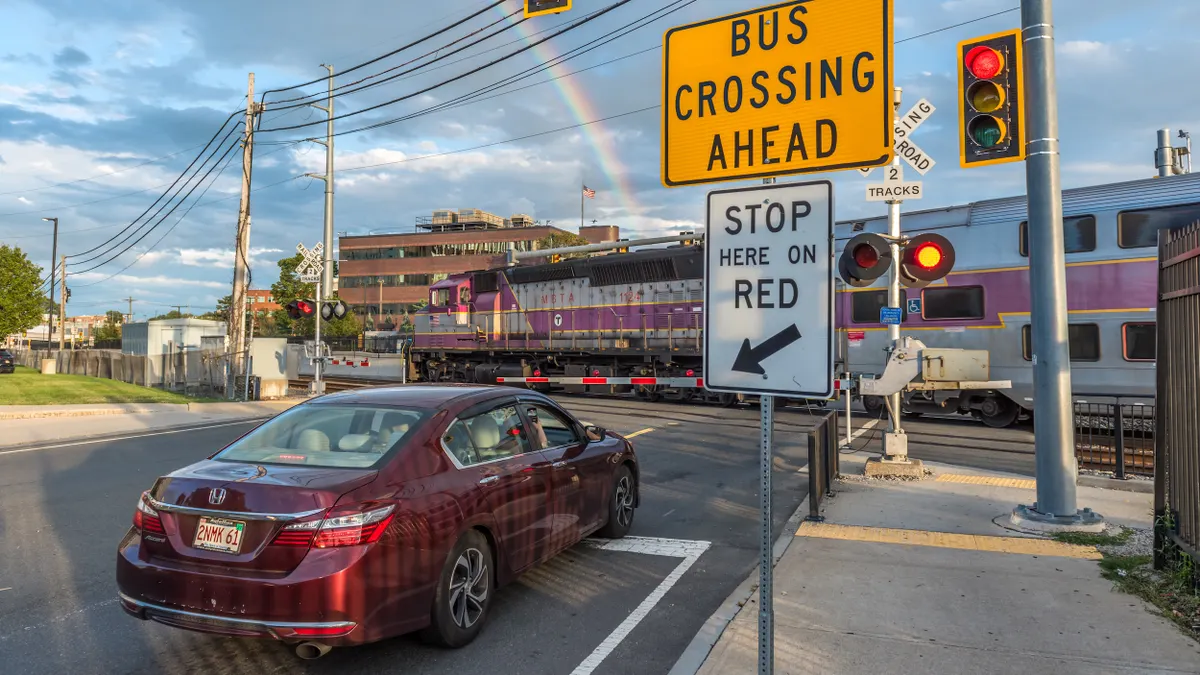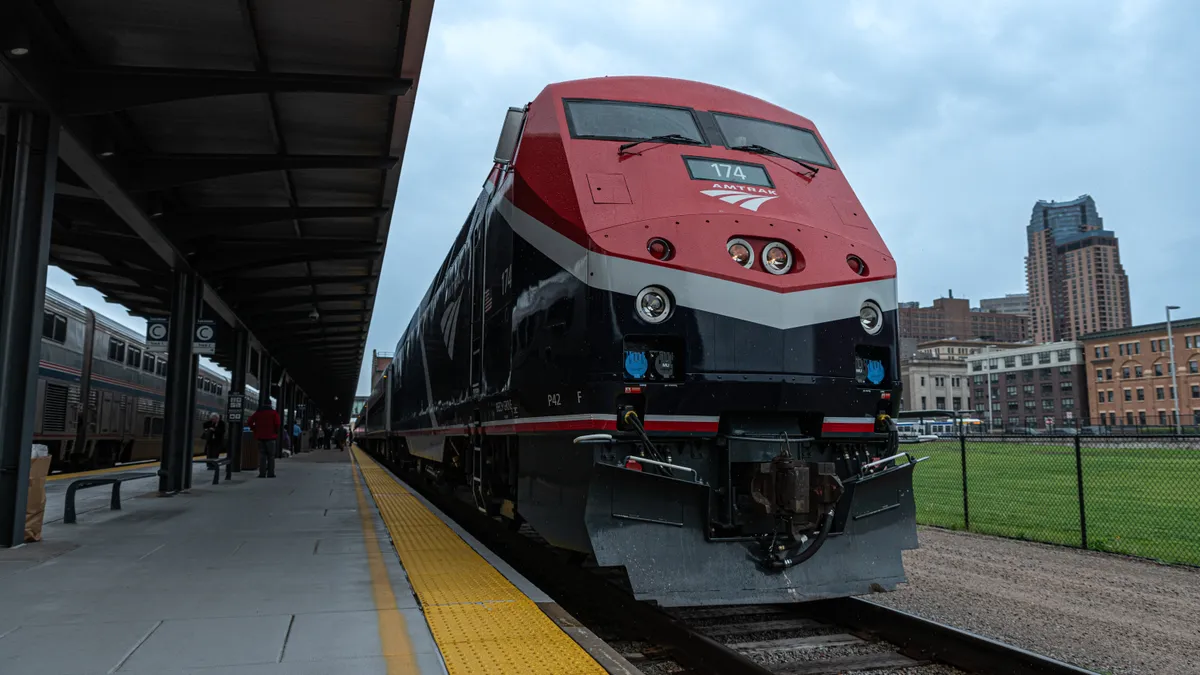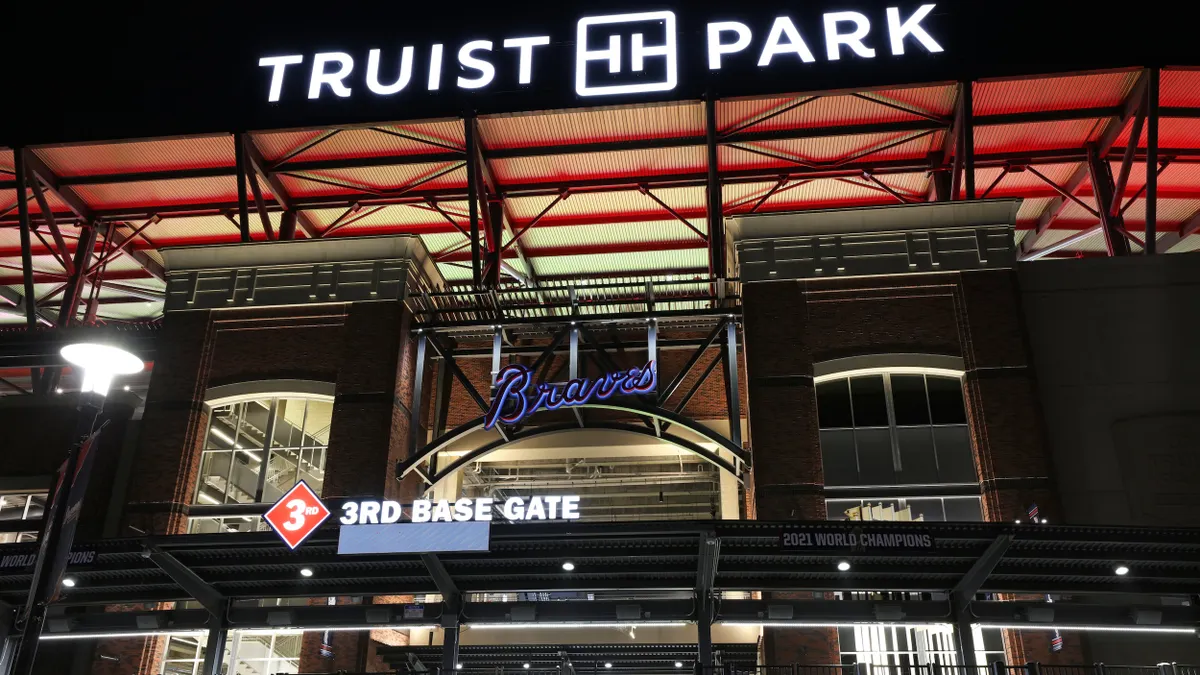In February 2022, the North Central Texas Council of Governments announced that it would move forward with high-speed rail after the long process of selecting which mode of high-speed travel should connect Dallas and Fort Worth. With the decision, the council opted not to move forward with a hyperloop, the proposed transportation technology that would transport people and goods at high speeds in low-pressure tubes.
“Hyperloop was in the running all the way toward the end, but it’s still in the stages where it’s not fully developed yet and actually commercialized,” said Brendon Wheeler, a program manager at the Council. To move the project along, Wheeler explained, the Council needed to submit the plan for environmental review, and the unproven hyperloop just couldn’t meet the Council’s timeline. High-speed rail, on the other hand, is tried and true technology.
While the theory behind the hyperloop idea is more than a century old, it’s risen in popularity over the past decade, with at least nine hyperloop start-ups cropping up with plans to research and eventually commercialize the technology.
Recently, however, the initial excitement has stalled. “Overall, I think the amount of activity in the commercial space on hyperloop has been reduced,” said Richard Geddes, professor of public policy at Cornell University and director of the Cornell Program in Infrastructure Policy.
Geddes said venture capital, which funded many hyperloop companies, has pulled back from its initial investments. Earlier this year, Virgin Hyperloop reportedly laid off more than 100 employees and announced it would pivot to transporting cargo, not people. And last month, Virgin pulled its name from the business, renaming the company Hyperloop One, a brand it had used between 2016 and 2017. It remains the only company to have successfully tested its technology with humans.
Still, for city officials, the hyperloop represents a tantalizing opportunity: a high-speed transportation system for which the government pays and plans little, said Paul Lewis, chief finance officer and policy director at the Eno Center for Transportation. But it also represents a considerable risk, and any amount of taxpayer dollars is often anathema to risk, said Geddes.
Hyperloops would require building entirely new transportation infrastructure. Elon Musk’s The Boring Company has explored building tunnels underground.
Yet the 1.5-mile Las Vegas loop, which transports people underground via driver-operated Teslas, cost approximately $50 million — not including the cost of hyperloop technology —and was paid for by the Las Vegas Visitors and Convention Authority. Lewis said that officials also need to get right-of-way clearance for every party on a proposed route, as construction may require tunneling under a city or farmers’ land, making it a substantial political obstacle.
Finally, hyperloops are best for transit corridors that are a straight shot, with no hills or bends, since the specialized pods aim to travel at consistent speeds of up to 600 miles an hour.
Geddes, who believes the hyperloop idea has merit, said they need a “stage of intensive development.” But it takes time for new transportation technologies to develop, he added.
“It took decades before airplanes could carry passengers for money,” Geddes said, as aviation needed to be proven safe and economical.
But the policy issues are even greater for hyperloops since there was no infrastructure to worry about in the sky. “The hyperloop is something that’s never going to happen on a large scale from a transportation standpoint,” Lewis said, pointing to political obstacles like right-of-way issues and the cost of building any hyperloop system.
“It’s mostly a distraction [from] tackling the major transportation problems that we have,” he said. Although hyperloop companies entice cities, “the potholes they have in their streets are still unfilled, and the buses are still running late.”
Even so, some cities still hope for a hyperloop.
Though the North Central Texas Council of Governments will not be moving forward with the hyperloop for the Dallas-Fort Worth high-speed corridor, it launched a program in May 2022 that could help expedite public certification of new and emerging transportation technologies. The program allows companies to connect with local governments in the region that may be interested in using their technology to solve transportation needs.
Wheeler said that the council had approved participating companies, and local governments have since submitted applications to partner with them. TransPod, a Canadian hyperloop company that uses electromagnetic fields instead of compressed air to move its pods, is one of those companies. “We still have hyperloop on the brain,” Wheeler said.




















